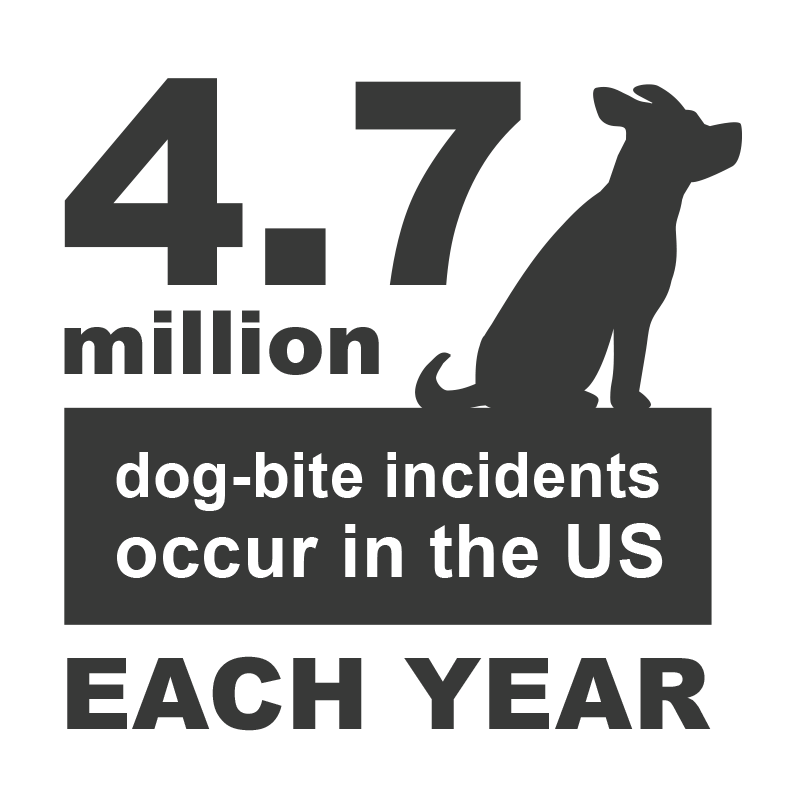The 2020 auto accident statistics reveal that motor vehicle injuries and fatalities are a severe problem on United States’ roadways.
For most people, 2020 is most remembered by the introduction of the novel coronavirus (COVID-19). Although this halted daily travel for many, the year still saw a startling rise in traffic deaths. Today, we’re taking a closer look at these statistics and other trends that occurred on U.S. roads last year.
Miles Driven
Due to the pandemic, people drove significantly less frequently in 2020. Most employees swapped their daily drive to the office for video conferences and phone calls from home. Travel, whether for business or pleasure, also ceased for most. Early data from the Federal Highway Administration shows that vehicle miles traveled in 2020 decreased by about 430.2 billion miles. Because of this, you would expect traffic fatalities to trend downward; however, this is sadly not the case.
Motor Vehicle Deaths
When comparing traffic deaths to the number of miles driven, this ratio rate spiked over 24 percent from the previous year. This increase is the highest jump that the National Safety Council has calculated in nearly a century. “It is tragic that in the U.S., we took cars off the road and didn’t reap any of the safety benefits,” stated Lorraine Martin, president of the NSC.
Preliminary 2020 auto accident statistics also indicate that as many as 42,060 people are estimated to have died in car accidents in 2020. This statistic marks an eight percent increase over the previous 12-month period. With the alarming picture painted by this data, the NSC laid out strategies to end roadway deaths in the U.S. by 2050. This plan is titled “Road to Zero”. It focuses on the need for equitable implementation of road safety laws, mandatory ignition interlocks for convicted drunk drivers, lowering speed limits, laws banning all cell phone use, and many more life-saving measures.
Crash Factors and Demographics
Introductory findings from the National Highway Traffic Safety Administration show that traffic fatalities rose in multiple categories, including:
- Passenger vehicle occupants (up 5%)
- Pedestrians (flat from 2019)
- Motorcyclists (up 9%)
- Bicyclists (up 5%)
Additionally, crash factors and demographics reviewed by the NHTSA that showed the largest increases from 2019 include:
- Non-Hispanic Black people (up 23%)
- Occupant ejection (up 20%)
- Unrestrained occupants of passenger vehicles (up 15%)
- On urban interstates (up 15%)
- On urban local/collector roads (up 12%)
- Speeding-related crashes (up 11%)
- On rural local/collector roads (up 11%)
- During nighttime (up 11%)
- During the weekend (up 9%)
- Rollover crashes (up 9%)
- Single-vehicle crashes (up 9%)
- Police-reported alcohol involvement crashes (up 9%)
Worst States for Car Accidents
If you’re wondering how safe or dangerous it is to drive in your state, take a look at the five states with the most car accidents in 2020:
- Massachusetts
- Maine
- Maryland
- Rhode Island
- New Hampshire
The five states with the highest number of fatal car crashes include:
- Texas
- California
- Florida
- Georgia
- North Carolina
Choose Flickinger • Boulton • Robson • Weeks After an Accident
2020 auto accident statistics reveal that motor vehicle injuries and fatalities occur in high numbers every single day. If you or a loved one has been involved in an accident, Flickinger • Boulton • Robson • Weeks is here to assist you. Our automobile accident attorneys have spent over 25 years assisting Utah citizens and want to help you handle the aftermath of your case.
We have offices in Provo and South Jordan, Utah. Reach out today to receive more information and to schedule your free case evaluation.

